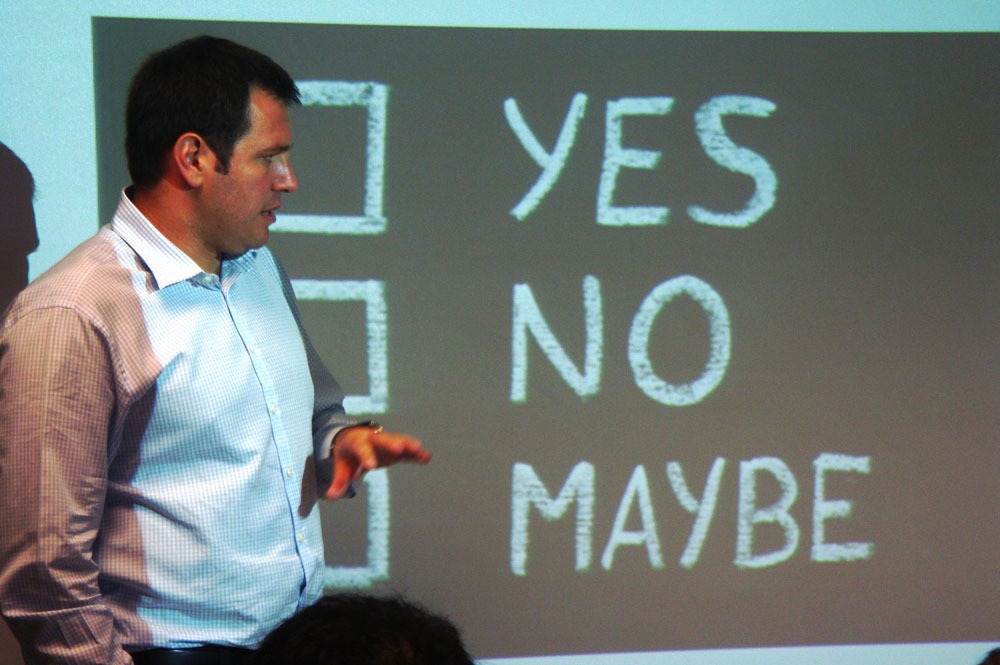
December 2, 2019; Florida Times-Union and AFP
It is Giving Tuesday, and it seems that more and more nonprofits are using it as a tool to kickstart year-end giving. Not coincidentally, in the past few days two reports have come out looking back at the year 2019 to review trends in giving to date. Not surprisingly, the results are mixed and a bit contradictory and this may have as much to do with samples and methods as with actual long-term trends.
Back in September, NPQ covered a report that showed giving in the first half of this year had decreased from the year prior. The new reports have some good news about that, some bad news, and a whole bunch of statistics that make things unclear.
One of the new reports follows up on the September report, and is also by the Fundraising Effectiveness Project (FEP). This is the third-quarter report, and several metrics have demonstrated an increase. The second-quarter report indicated that comparisons with 2018 showed a decrease in just about every category, and there was cause for panic in the nonprofit sector. This time, however, there are three metrics showing positive trends:
- Revenue from gifts under $250 has increased over last year (+0.4 percent).
- Overall donor retention has increased (+0.7 percent).
- Recaptured donors have increased (+1.8 percent).
Okay, the increases are pretty small, but at least they have stanched the bleeding a little in those metrics. Recaptured donors, by the way, are ones that had given one year, then stopped giving, and have started giving again. Interestingly too, these numbers show a rise in small donor giving, which of course is the opposite of the trend of more than a decade, which has large-donor dollars rising and the number of small-donor households declining.
And, indeed, some numbers do remain bad in these two reports, and those are serious. For example, the total amount received has decreased from last year (‑4.6 percent). Although this is not as bad as it was at the end of the second quarter (‑7.3 percent), it is still not a good trend. Income from major gifts is also down (‑5.2 percent). This is also a better number than second quarter, but last year at this time we had seen income from major gifts actually increase over the previous year. Income from major gifts, however, can be more unpredictable than other areas, in that those are sometimes sparked by a donor life event.
Sign up for our free newsletters
Subscribe to NPQ's newsletters to have our top stories delivered directly to your inbox.
By signing up, you agree to our privacy policy and terms of use, and to receive messages from NPQ and our partners.
FEP has released this report on a regular basis since 2004, gathering information from perhaps as many as 50,000 nonprofits at this point. The project is co-sponsored by the Association of Fundraising Professionals and the Urban Institute.
On a more local level, a report released by the Florida Nonprofit Alliance shares trends in giving by individuals this year. The study included responses to a survey by more than 3,700 around the state of Florida. Some interesting highlights include:
- Ninety-eight percent of the respondents have made a charitable contribution. One person suggests this means we should no longer use itemized tax returns to gauge the level of giving, since that methodology suggested donations had significantly decreased. In other words, people are no longer itemizing their charitable contributions, but they are still giving.
- More than 60 percent of respondents gave at levels under $1,000, with a large portion giving between $100 and $499.
- More than 80 percent of the respondents indicate they did at least some research into the nonprofits to which they chose to give.
Both studies indicate that the number of major donors has decreased, and there is increasing reliance upon smaller gifts. The Florida survey is a little more optimistic, showing that people have not changed their giving habits following the tax law changes a year ago. The FEP study continues to see a downward trend, although it does not ask specifically if this is a result of the new tax law.
These studies also offer a couple of caveats that merit attention. For example, the FEP study relies heavily on information accessed directly from donor software used by participating nonprofits. This means the number of participants is high, but it also means that the groups that do not use major software like Blackbaud—or any software at all—are not included in the study.
In the Florida study, 78 percent of the respondents were over the age of sixty, 89 percent were white, and 60 percent were retired. So, we have a report looking at a single demographic, many of whom are probably quite set in their giving habits.—Rob Meiksins











